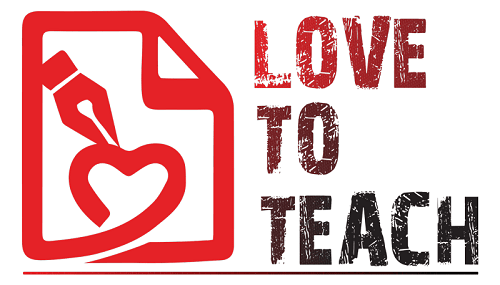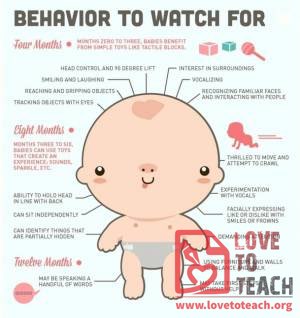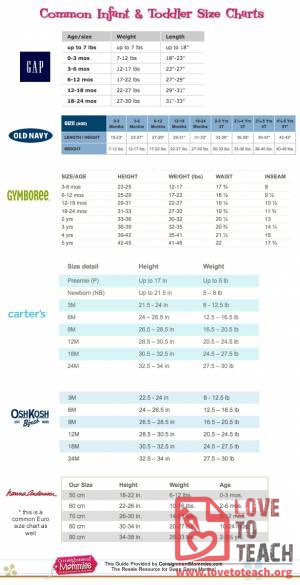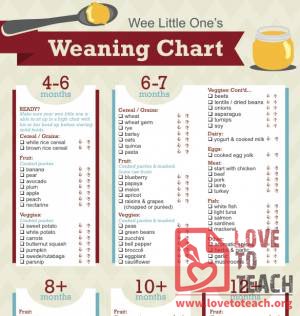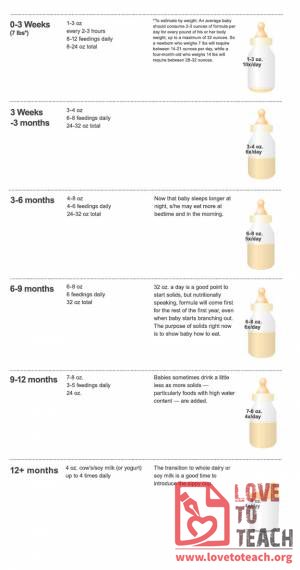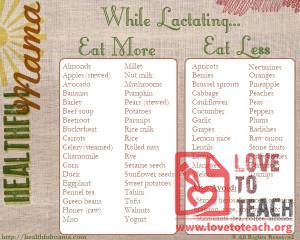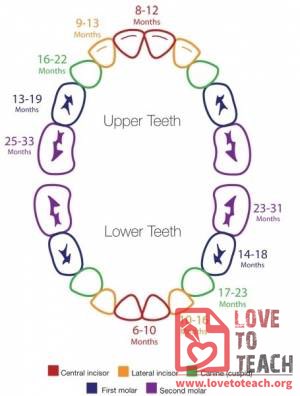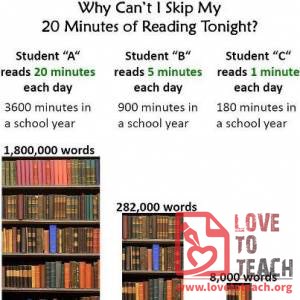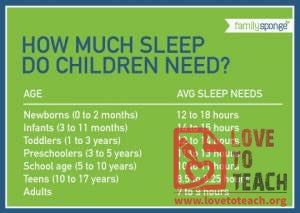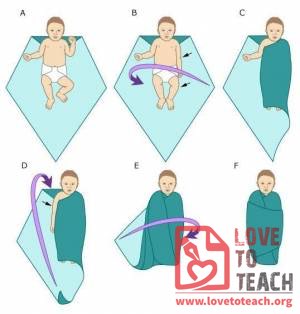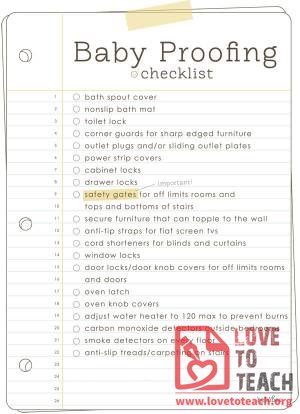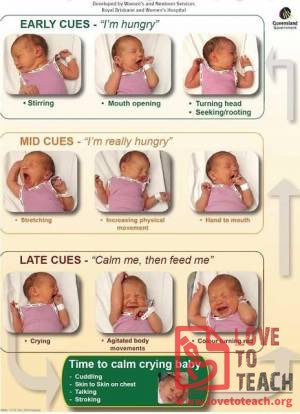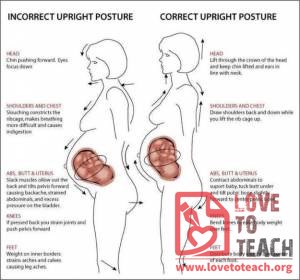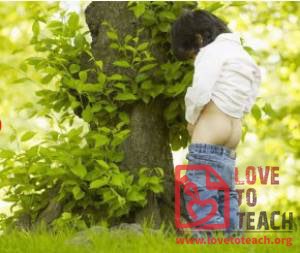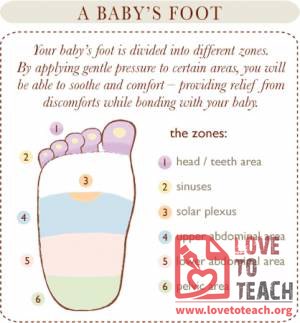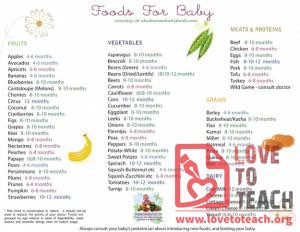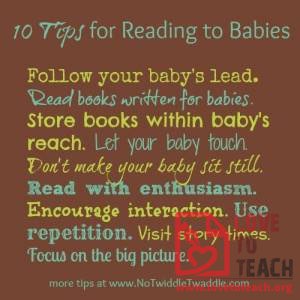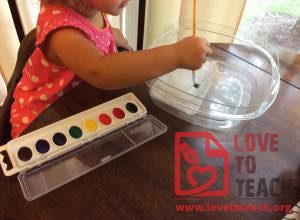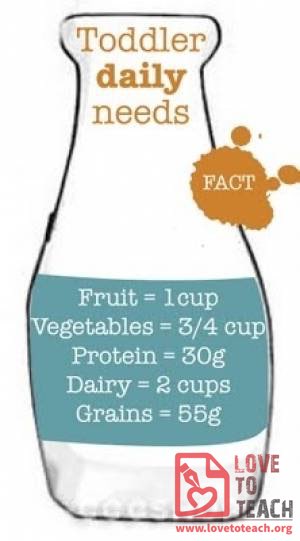Parents
Examples of behaviors at various months during a baby's first year.
Includes Gap, Old Navy, Gymboree, Carter's, OshKosh, and Hanna Andersson (which doubles as a Euro size chart).
Simple sheet breaks down foods to introduce by baby's age. Includes checkboxes and thumbs up/down to help keep track of which foods have been tried.
Note: Breastfeeding is ideal for both mom and baby, but may not always be an option.
Lists which foods to eat more of, as well as which to eat less of, and what to try to avoid altogether.
A color-coded guide to stages of teething. Includes upper vs. lower teeth.
This visual shows what students gain by reading 20 minutes vs. 5 minutes vs. 1 minute a day.
Simple chart shows how many (average) hours of sleep are needed at each age.
Images show the proper way to swaddle a baby.
Use this checklist to help with baby proofing.
Pictures that demonstrate a baby's behavior/expressions and what they mean. Also includes strategies for how to calm a crying baby.
Graphic showing incorrect and correct upright posture.
Being a parent is hard. I don't care what that looks like to you. That being a working parent, staying at home, single, and or having a partner… It's not easy anyway you slice it.
2014 PA PreKindergarten Learning Standards
You can bond with your baby by applying gentle pressure to certain areas/zones on your baby's foot, providing relief and comfort.
Common Core Kindergarten Learning Standards (and the two previous versions from before the Common Core).
Lists foods for each group (fruits, veggies, meats/proteins, grains, dairy) and when they can be introduced to your baby.
10 simple things to keep in mind when reading with babies.
Ok so this one was SUPER easy but requires a little planning ahead. Today G did ice painting! It was so fun and super simple!
Simple graphic showing a toddler's daily nutritional needs.
